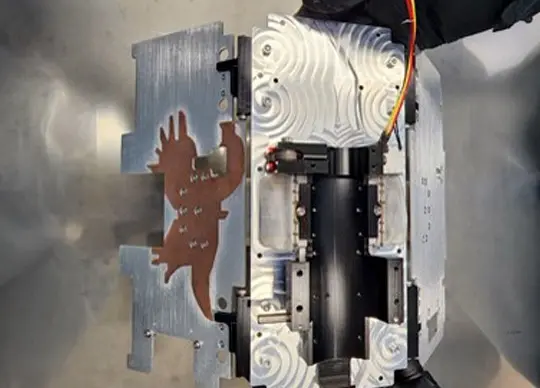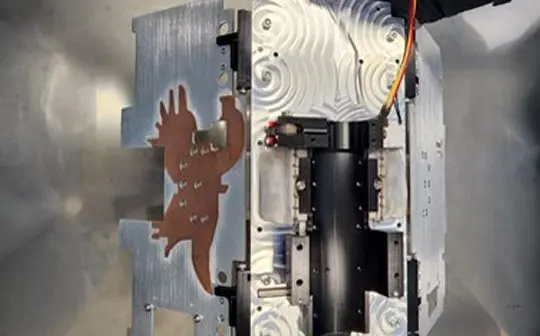
Australia has marked its historic return to space exploration by successfully launching into orbit its first scientific satellite in over two decades.
The SpIRIT nanosatellite, a landmark project, emerged from a collaboration between the University of Melbourne and the Italian Space Agency, with a consortium of pioneering Australian SME partners and support from the Australian Space Agency.
Titomic, an innovative additive manufacturing company based in Melbourne, was instrumental in this historic achievement with its groundbreaking thermal radiator design, a critical component of the satellite.
“The team utilised Titomic’s state-of-the-art TKF 1000 additive manufacturing unit to develop high-efficiency radiator panels that are crucial for the satellite’s operation,” said Herbert Koeck, Managing Director of Titomic.
Titomic’s contribution features a bespoke bi-metallic radiator design, cold-sprayed in pure copper and coated with mirror tape on one side.
This design maximises thermal efficiency, enabling the satellite to host heat-sensitive instruments that are typically reserved for larger satellites.
The radiator’s unique bird-shaped spray pattern – generated by a sophisticated computer algorithm – allows the SpIRIT to efficiently reject heat, enhancing its thermal performance ratio.
“SpIRIT’s journey into space is not just a technological triumph. It’s also a significant step in scientific discovery,” Mr Koeck said.
The satellite’s primary mission is to search for gamma rays – the elusive phenomenon created when stars collide or die. To achieve that, it is equipped with solar panels, thermal radiators, cameras, guidance systems, an electric propulsion thruster, and computers.
After completing its two-year mission, SpIRIT will return to Earth and burn up on re-entry, concluding a historic chapter in Australia’s space exploration history.





